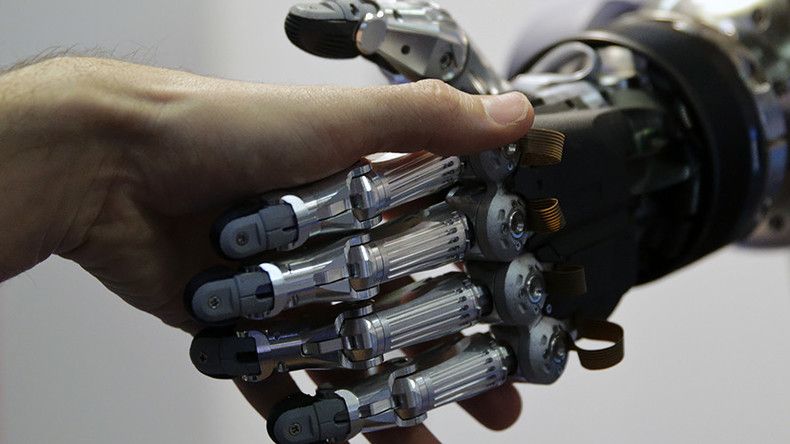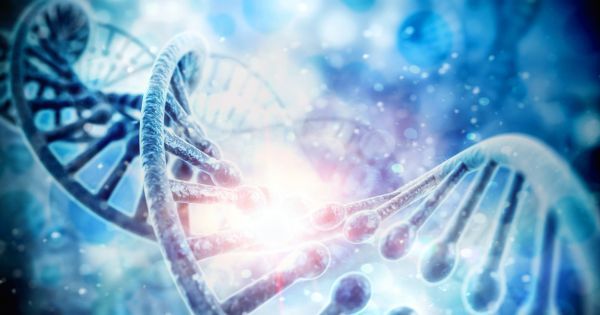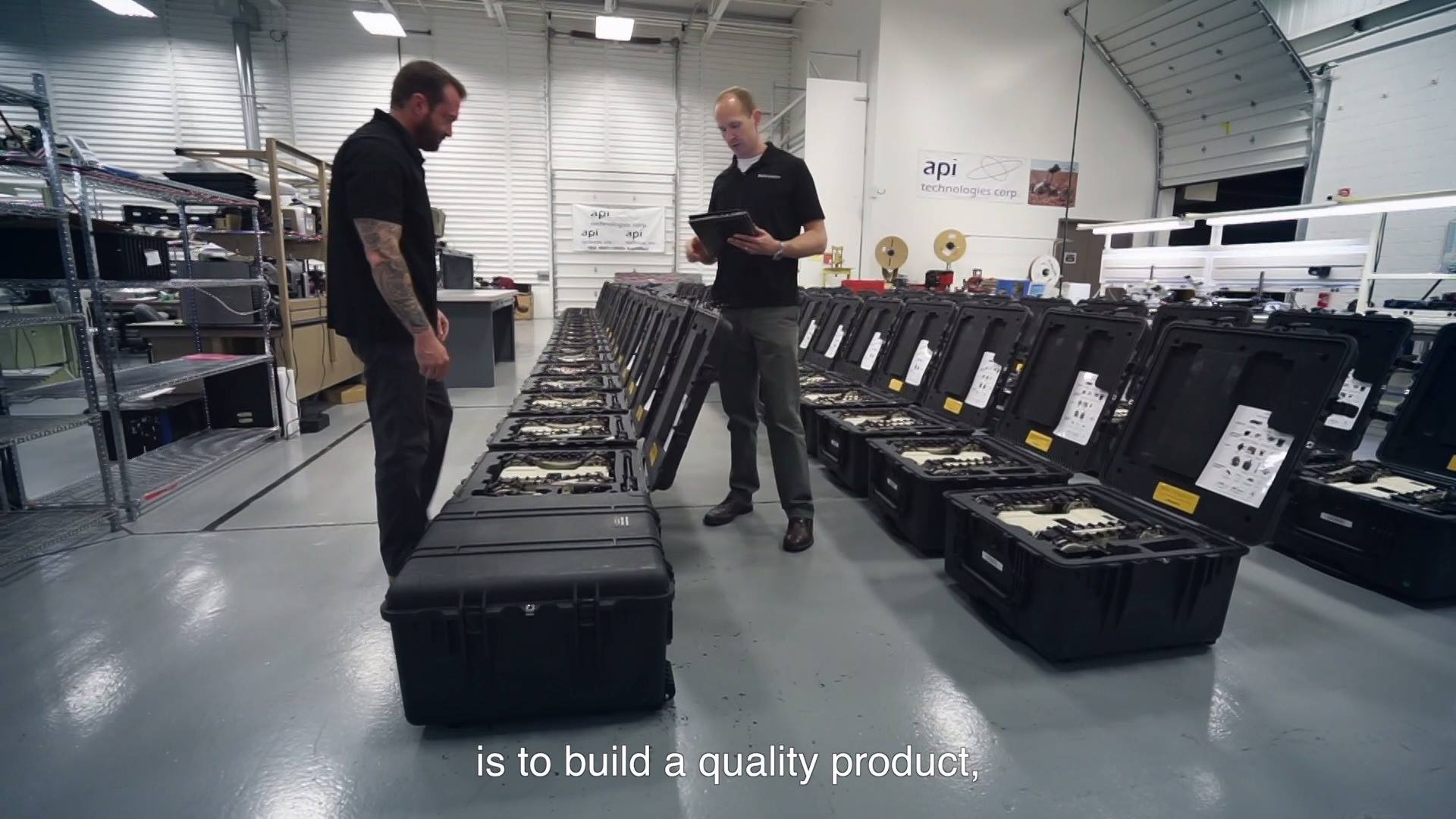A team of scientists have made a scorpion-milking robot so that no one will ever have to extract venom by hand again.
The prospect of attaining superior intelligence or physical attributes may be tempting or appear liberating, but cybernetic enhancement could, theoretically, also be used as a means of control. Whoever manufactures the technologies that augment humans would be in a very powerful position and wield an immense degree of control over their human customers (or subjects). Moreover, cybernetically enhanced humans could see their microchips hacked, have their sensations detected by unwanted parties and stored in a database, or be at risk of receiving unsolicited or unpleasant impulses. Might we evolve from homo sapiens to homo servus?
The dream that we may one day transcend our physical and intellectual barriers through advancements in cybernetics and nanotechnology could became a reality during this century. But would this be a blessing or a curse?
As science expands its frontiers and technology continues to evolve, ideas once deemed fanciful or considered part of science fiction find themselves within the realm of possibility. New discoveries may give rise to unique potential and perils, as the field of ethics struggles to keep pace with the latest technological advancements. The dream that one day we humans may eclipse our physical and mental fetters through augmentation by cybernetics or nanotechnology could become a reality. Although transhumanism and posthumanism are considered modern concepts, the idea of improving or transcending the human condition has been explored in philosophy and literature since at least the mid-19th century.
In his book Thus Spoke Zarathustra, 19th century German philosopher Friedrich Nietzsche introduced the concept of the Übermensch (overman or superman) as a goal towards which humans ought to strive, whereby they take control of their own destinies, work collectively towards the betterment of humanity and create a higher set of ideals to give their existence greater meaning. Nietzsche wrote “Man is something that shall be overcome.” (The notion of Übermensch was later corrupted by the Nazis, who integrated it into their perverse racial theories).
Industry’s Digital Revolution
Posted in internet
In this challenging and crowded market, new competitors are emerging all the time. Moving further into software brings manufacturers up against specialised information technology companies, and there is a shifting landscape of competition and co-operation between different groups that a decade ago could have safely ignored each other.
The likes of GE and Siemens are investing billions in the ‘industrial internet’ but will face competition from IT groups and start-ups.
An extensive new analysis by Deloitte estimates that over 100,000 jobs will be lost to technological automation within the next two decades. Increasing technological advances have helped replace menial roles in the office and do repetitive tasks.
To paraphrase the Bard’s famous quote: “The first thing we do, let’s replace all the lawyers with automated algorithms.”
Lyrebird, a deep learning tech startup based in Montreal, is developing technology that allows anyone to produce surprisingly realistic-sounding speech with the voice of any individual. Lyrebird’s demo generates speech, including varied intonation, in the voices of Donald Trump, Barack Obama, and Hillary Clinton. For now, the impersonations are impressive, but also possess a fuzzy, robotic quality that allows even an untrained ear to easily recognize the voice as computer-generated. Still, the technology is making rapid progress.
Opinion: The world of truth is about to be upended by AI technologies.
There is a radio edit (about one half hour) and an unabridged version (about one hour long).
“Not 99%, Not 99.9%. 100%”
For us, this is the only way to make it happen!
Roboteam – Human Driven – Made in the USA.
Watch how we do it









